
Kansas Wheat has been publishing a recipe book for over 60 years. These books include contest winners from past Kansas Festival of Breads contests and more recently the National Festival of Breads. For some Kansas bakers, these books are collector’s items!
The 2025 Kansas Wheat Commission recipe book is now available. You can request your own copy and access the recipes from the Kansas Wheat website. These recipes are from the 2025 National Festival of Breads contest.
Congratulations goes out to Cindy Falk, the Kansas Wheat Nutrition Educator since 1985. She will be retiring to enjoy more time with family and friends.
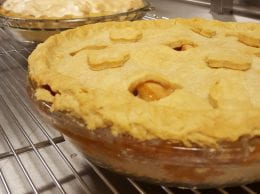
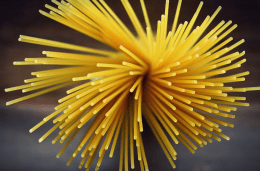
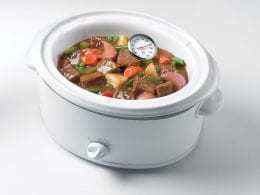
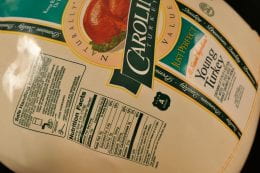
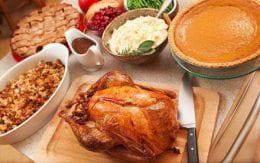 It’s almost that time of year for holiday parties and meals with family and friends.
It’s almost that time of year for holiday parties and meals with family and friends.
